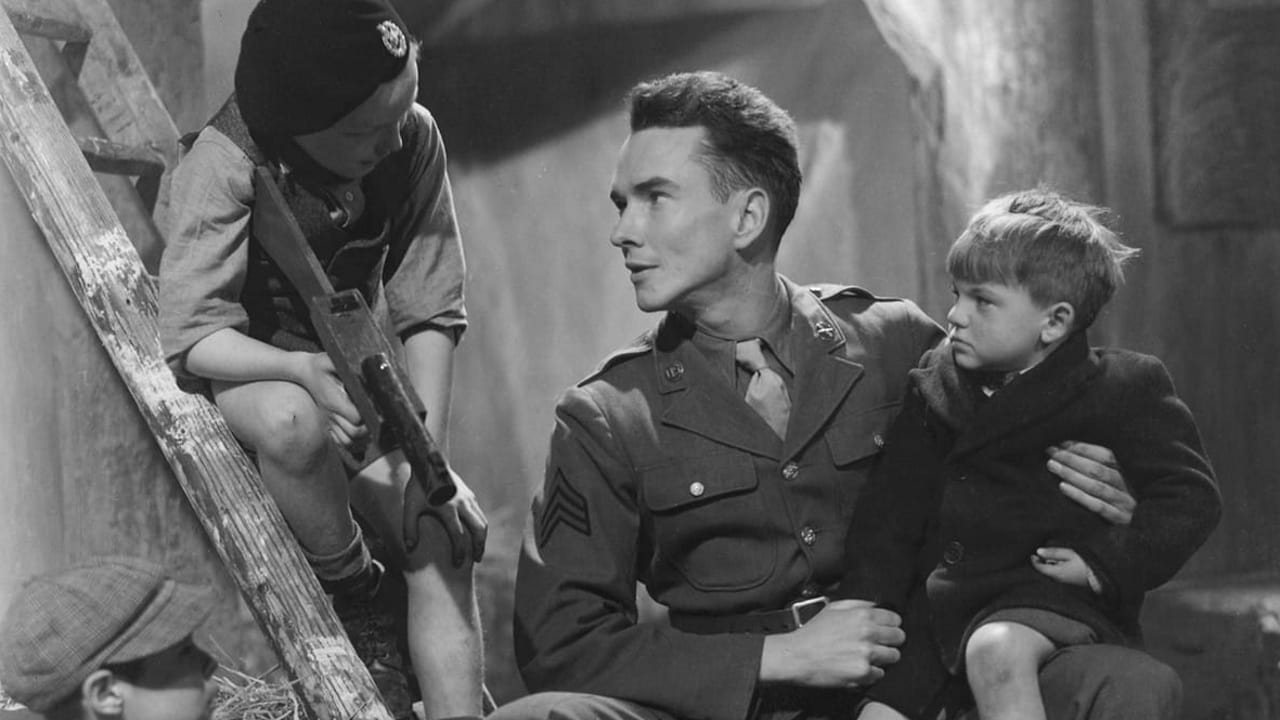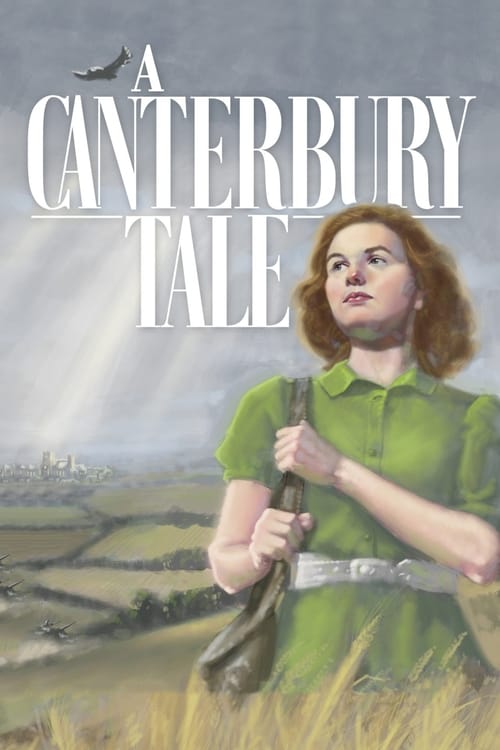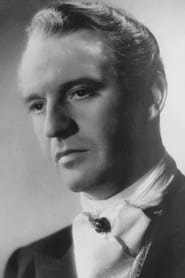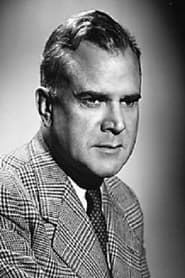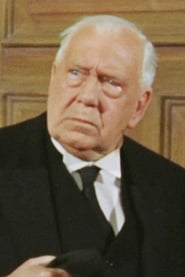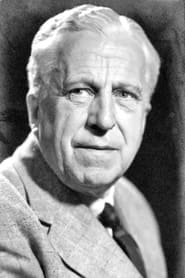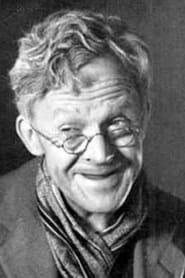Cast
View AllEric Portman
as Thomas Colpeper, JP
Sheila Sim
as Alison Smith
Dennis Price
as Peter Gibbs
John Sweet
as Bob Johnson
Charles Hawtrey
as Thomas Duckett
Esmond Knight
as Narrator / Seven-Sisters Soldier / Village Idiot
Hay Petrie
as Woodcock
George Merritt
as Ned Horton
Edward Rigby
as Jim Horton
Freda Jackson
as Prudence Honeywood
Betty Jardine
as Fee Baker
Eliot Makeham
as Organist
Parry Jones Jr.
as Arthur
Beresford Egan
as P. C. Ovenden
Esma Cannon
as Agnes
Crew
Director
- Michael Powell
- Emeric Pressburger
Writer
- Michael Powell
- Emeric Pressburger
Producer
- Emeric Pressburger
- Michael Powell
Reviews
CinemaSerf
This is a curious film to describe. In the best traditions of Chaucer, from whom the title is borrowed - it is a bit of an English whimsy. Not whimsical, not in any light and fluffy sense, but a story that though rooted in characterisations has something more intangible about it. This tale centres around three strangers who meet at railway station near Canterbury. "Alison" (Sheila Sim) is a naive, but determined land girl, "Peter" (Dennis Price) a British solider on a few days leave and "Bob" (John Sweet) - a young GI who accidentally gets off at the wrong stop. On their way to report to the town hall, the young lass is attacked by the local peril that is the "glue man", a mysterious individual who tips glue over the heads of women out with soldiers late at night. When they arrive, the locals try to help and they are introduced to the rather imperious magistrate Eric Portman "(Mr. Colpeper) who pretty much runs the town. In the brief time that they have together, the three seek out this miscreant and the search turns into a modern day pilgrimage of their own as they are exposed, by degree, to the chequered history of their locale.. Each has their own journey to make, and they take us along for the enjoyable interesting ride. As we have come to expect from Messrs. Powell and Pressburger, the story has a richness to it. It interweaves their task with an evaluation of "Britishness" - a bucolic idyll that had largely bumbled along for centuries with little by way of profound development or intervention. Horse drawn carts, respect for the landed gentry - and the clergy - and for traditions that had long outlived their usefulness, but in which the population still had a certain faith. It's celebratory, not detracting of this society, no WWII jingoism or propaganda, just a delicately poised degree of introspection that isn't self indulgent, more evocative... The photography is superb, the acting - particularly from Sweet who epitomises the visiting forces with a mischief, a charm that is engaging and respectful; and from Price who really only wants to get back to his cinema organ. Eric Portman could be a difficult actor to appreciate - his demeanour and style frequently emotionless and staccato. Here that works, it gives him a solid base from which to evolve as his relationship with "Alison", herself charmingly and determinedly played by Sim - grows. It sort of has a narrative to it, but that's not really so important. Don't expect this to follow any established pattern - it's unique and a grand film to watch.
Mar 28, 2022
Thematic Analysis
As a dramatic work, A Canterbury Tale examines complex human relationships and emotional struggles against the backdrop of a period setting that reflects societal issues of its time. The character development particularly stands out, offering viewers a chance to reflect on their own life journeys.
Director Michael Powell brings their distinctive visual style to this film, continuing their exploration of themes seen in their previous works while adding new elements. Their approach to character development and emotional depth creates a viewing experience that rewards close attention.
Released in 1944, the film exists within a cultural context that now offers viewers historical perspective on the social issues of that era. Its reception demonstrates the diverse reactions to its artistic choices and its place in cinema history.
Did You Know?
- The production of A Canterbury Tale took approximately 13 months from pre-production to final cut.
- The final cut of the film runs for 125 minutes, though the director's initial assembly was reportedly 161 minutes long.
- Several scenes were filmed in multiple locations to capture the perfect setting.
- Some visual effects sequences took up to 5 months to complete.
- The musical score contains over 43 unique compositions.
Historical Context
- In 1944, when this film was released:
- Television was becoming a dominant form of home entertainment.
- The Cold War was intensifying, influencing global politics and culture.
- The film industry was dominated by major studios, with independent cinema still in its early development.
How This Film Stands Out
While A Canterbury Tale shares thematic elements with other films in its genre, it distinguishes itself through its unique approach to storytelling, visual style, and character development.
Unlike Wake Me When the War Is Over, which takes a more conventional approach to its subject matter, A Canterbury Tale offers a fresh perspective through its innovative visual language and narrative structure.
While films like Mirror and Nowhere in Africa explore similar territory, A Canterbury Tale stands apart through its deeper exploration of its central themes and more complex characterization.
This film's unique contribution to cinema lies in its thoughtful balance of entertainment value and thematic depth, making it a valuable addition to its genre.
Details
- Release Date: August 21, 1944
- Runtime: 2h 5m
Where to Watch



